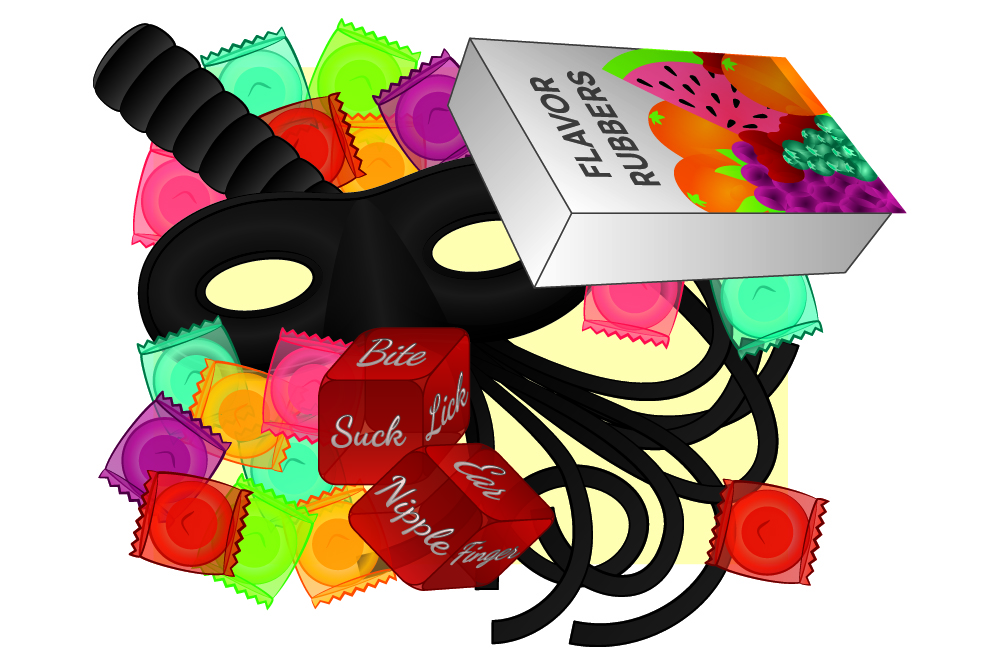The evolution of intelligent design
“So if you put a bird in a painting it’s art, but if you put a bird and a flower it’s a greeting card?”
This question was posed casually to me recently, meant as a simple jab at the Northwest “cute” pandemic that’s begun to infect the major art markets. But what should have been a tossed off as slight has been hanging over me like a mid-December cloud ever since. The lines between design and art have long been blurry ones, often times purposely challenged by those who would evolve both. But in a world where iconic empires are being built on adolescent inside jokes (see Shepard Fairey) it’s often difficult to distinguish work which comments on innocuous design from that which actually is.
Ryan McGinness is one artist/designer with whom this problem should never arise. Sure his symbolic work can border on the adorable: unicorns, birds, ghetto blasters and Morris-esque foliage. And McGinness is often grouped with artists who have made the questionable jump from the street to the gallery and boardroom – those artists whose history among graf-kids and skaters have earned them the credibility to design for Dr. Pepper while still garnering shows at super-hip galleries internationally. But that’s not Ryan McGinness.
What sets him apart from his “disobedient” peers is the singular and encompassing evolution of his work. In 1999 McGinness broke with the book and show, “Flatnessisgod,” and it truly was. Graffiti became corporate logos, memories became pixels and the image, its weight and importance were reduced to its most basic elements. And over the last five years with more than 50 exhibitions, it’s those elements that McGinness played with, built upon and delivered to locations and mediums throughout the world. To look at the work – flat manipulated images; organic forms reduced to corporate logos repeated and reworked into obscurity- is like looking at a specific language designed and nurtured, bordering on organic growth.
His newest installation, “installationview,” at New York’s Deitch Projects, has taken the flatness away. His logos grow and shrink, their fields overlapping, interacting from clearly disparate plains. Minute repetitive layers spill over one another into dense wreaths and boarders. The once specific logos are so layered they take on organic tendencies, seemingly chaotically interconnected but specific and absolutely designed. What were (and still are) the focus – the icons – are now simultaneously the very elements of their creation. Talk about intelligent design.
On Thursday you’ll have the opportunity, thanks to Portland Inistitute for Contemporary Arts (PICA) and the Art Institute of Portland, to see McGinness talk about “installationview” and the evolution of his own work and theories. Interviews with McGinness often read like his work – dense, personal, well conceptualized and thought-provoking – and I have high hopes for this lecture. Lecture begins at 7 p.m. at the Weiden + Kennedy Atrium (224 N.W. 13th Ave.) to be followed by a book signing for “installationview.” Tickets are $8 for PICA members and $10 for the general public.



